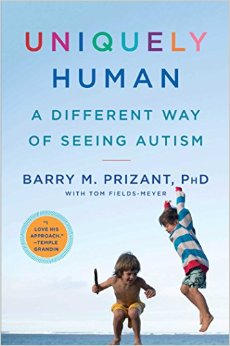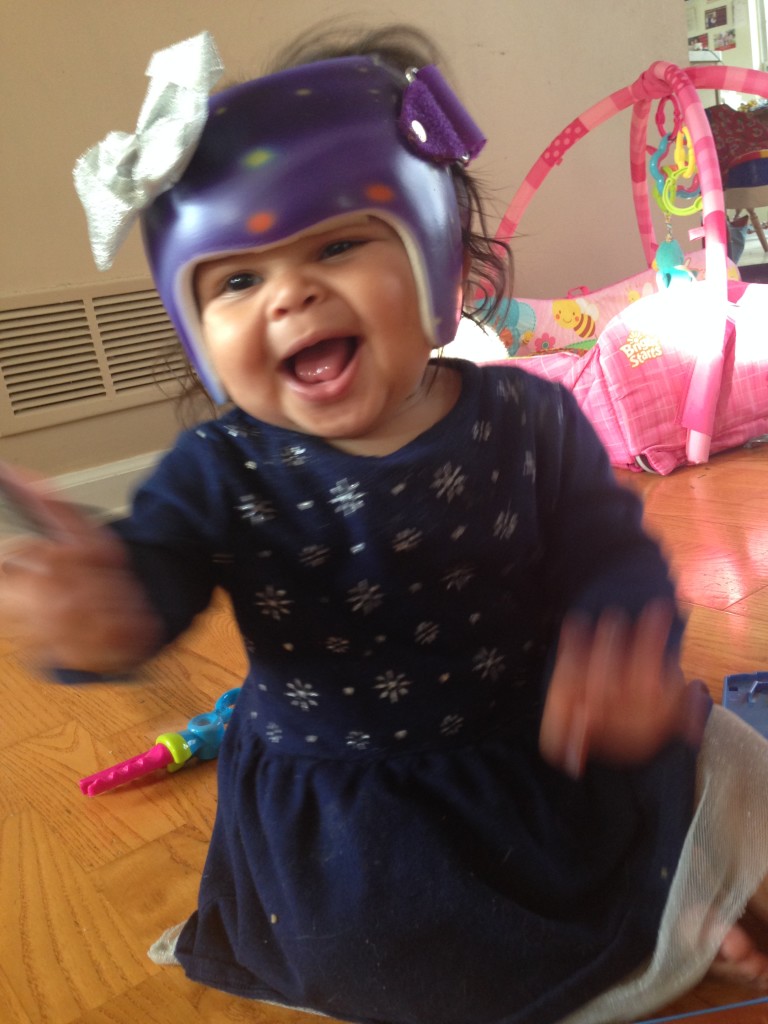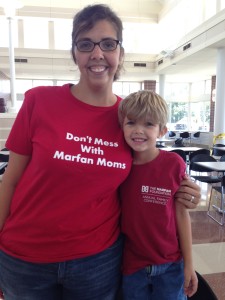Today I’m reviewing the book Uniquely Human: A Different Way of Seeing Autism, by Barry M. Prizant, PhD, with Tom Fields-Meyer. Full discloser: I was given a copy of this book to review, but not compensated in any other way and all thoughts on this book are my own.

This is a book that appears geared towards parents of autistic children, as well as professionals who work with the autistic population (particularly school professionals). Dr. Prizant has worked with autistics for four decades in a variety of settings, and has done scholarly research as well.
The premise of Uniquely Human is that society should not be viewing autism through a deficit lens, where the goal is for the autistic person to achieve “normalcy.” Furthermore, rather than chalking up behaviors to “just being autistic,” neurotypical people (i.e. – people who aren’t autistic) should be working to uncover the communication that is happening through those behaviors, and adjusting the way that THEY communicate and respond to fit the autistic person’s needs.
I have to start by saying that there were two things said at the beginning of the book that I found frustrating and troubling.
First, he starts off the book explaining that he is going to use person-first terminology (i.e. – “a person with autism” vs identity-first language, which would be “an autistic person”), although “I am…aware that others, in particular some adults with autism, prefer the label “autistic,” feeling that autism is indeed a defining characteristic and is essential to their identity and that person-first language implies that autism is inherently bad….While I fully understand and respect that opinion, I have chosen otherwise for this book.” Why? The majority of the autism community (meaning, autistics themselves) prefer to be called autistic. I am a firm believer in a given community being able to define the language used to describe them. Otherwise, that really just feels paternalistic. Why should someone who has no idea what it’s like to be me, determine how I refer to myself? The idea that a person (in this case, Dr. Prizant) would understand the reasons behind the language-choice by the autism community and still refuse to use it seems incredibly pretentious.
Second, Dr. Prizant makes the comment that “…my most valuable lessons about autism have come not from lectures or journals. They have come from children, their parents, and a handful of extremely articulate adults with the rare ability to explain their own experience of having autism.” Children with autism do not magically stop being able to express themselves when they reach adulthood. It is not rare to find autistic adults who are able to share their experiences. They may not have fluent verbal language, but through assistive technology or blogs, or just by us being a patient listener, they can. I understand that forty years ago, early in the author’s career, this was not a commonly held thought. In addition, the technology that is so helpful for many on the spectrum today was not available. But, things are different now, and as parents of autistic children we should definitely seek to learn from autistic adults.
That said, chapter 9 is called The Real Experts and devoted to lessons Dr. Prizant has learned from his adult autistic friends (I’ve written more about this chapter later in the review). I hope this means that his use of the word “rare” in the introduction was a poor word choice, and not what he actually feels. He also includes a list of resources by autistic people at the end of his book.
Beyond that, I found myself agreeing with much of the rest of the book. It’s a book that I wish I had read when the Menininho was first diagnosed. I’ve had an evolution of thought over the past 5 years (thankfully), but I wish I could go back and change how I felt about stimming, scripting, etc.
Dr. Prizant splits his book into two parts: Understanding Autism and Living With Autism. In the first section, he discusses things that should be common sense, but for whatever reason many people lose common sense when it comes to autism. For example, the very first section is about asking why a given behavior is occurring. He is full of examples of people who either labeled an autistic’s behavior as “noncompliant” or otherwise set about trying to change it, without seeking first to see why the autistic person was engaging in that behavior.
One section of the first part of the book is about how we as caregivers can build trusting relationships with the autistics in our care. Dr. Prizant’s suggestions are all common sense but, I think, easily forgotten by parents of autistic children. These include acknowledging attempts to communicate, practice shared control to build self-determination, acknowledging an individual’s emotional state, being dependable, reliable, and clear, and celebrating successes.
In another section, Dr. Prizant discusses the importance of community. So true! The only thing I would change here is that while he talks about the importance of community to families, it would be good to mention the importance of community to autistics. If you’re a neurotypical parent, you’ll learn quite a bit by making friends with autistic adults, and your children will benefit from being around other people who are like them.
This book is a series of examples from the 40 years that Dr. Prizant has been in the field. Sometimes it might seem as though the solutions were found very quickly, but I think the important takeaway here is that there is always an answer. As some therapists told us, all behavior is communication. It is up to the neurotypicals to do the work to find out what the autistic person is saying, whether that be through scripting, body language, etc.
As mentioned above, chapter 9 is full of insights from autistic adults about what their lives are like. I’m very glad that Dr. Prizant included this. The importance of hearing the perspectives of the autistic community can not be underestimated. He shares experiences from three friends that he’s made over the years, all three of whom work in the field of educating others about autism and improving services for the autistic community.
I like that the author doesn’t focus on the idea of “recovery,” which he says is rare to impossible. He encourages parents to focus on their child, getting to know them, and helping them overcome challenges that they may have. As one parent said, “I keep trying and trying to fix Pablo, and what I’ve learned is that he’s whole and he’s happy.” Our kids are whole. As with parenting any child, it’s important that we do what we can to help them be the most successful versions of themselves. How that process occurs and what defines success may look different for our autistic children, and that is ok.
Overall, I would recommend this book, particularly to parents of newly diagnosed children, and to professionals who work with autistic people. Menininho had some therapists who echoed many of Dr. Prizant’s ideas, but he had some who really missed the mark too. So much of the media presents a scary view of autism, and this book resonates with the view that I have now. Refusal to use autistic-preferred terminology aside, I believe Uniquely Human: A Different Way of Seeing Autism will help parents and professionals direct therapies and daily interactions in a more autistic person centered way.
For more information on Dr. Prizant, or to purchase his book:
Amazon
Publisher’s page for the book
Dr. Prizant’s Facebook page
Dr. Prizant’s website
Blogs by Autistic People: (by no means an exhaustive list)
Autism Women’s Network
Autistic Hoya
Carly’s Voice Facebook page (note: this page isn’t currently active)
John Elder Robinson
Just Stimming
ThAutcast
The Thinking Person’s Guide to Autism (note: not all posts are written by autistic people)
Tiny Grace Notes (Ask an Autistic)




